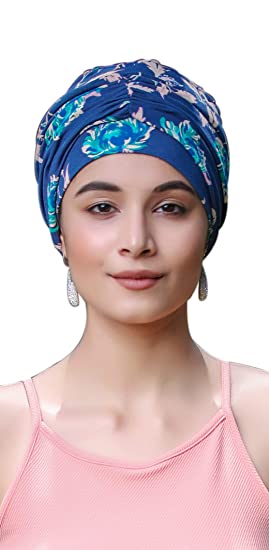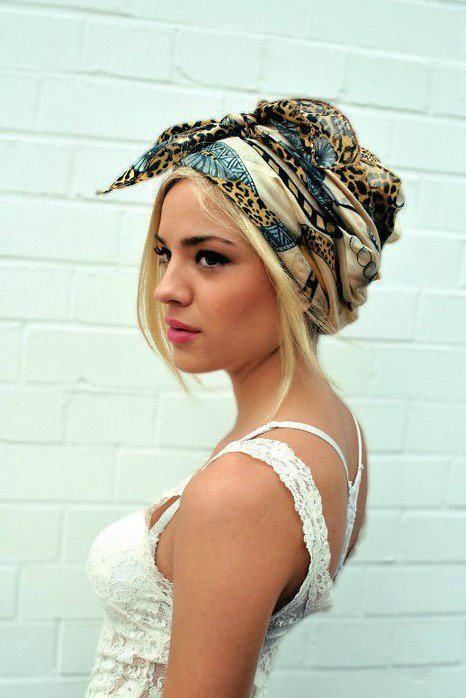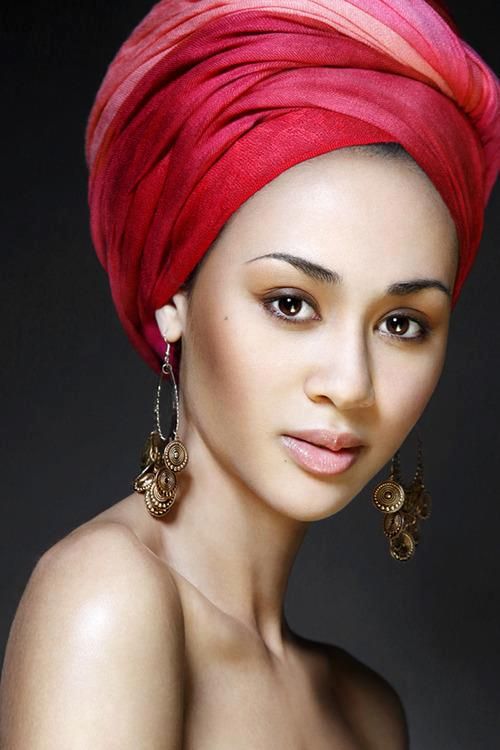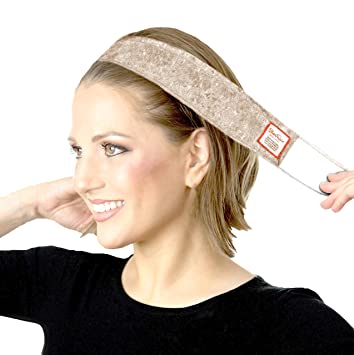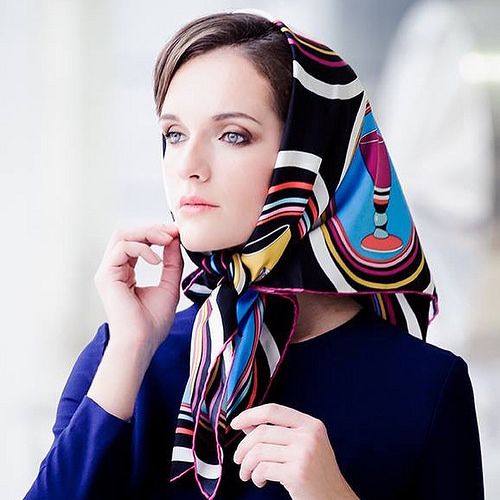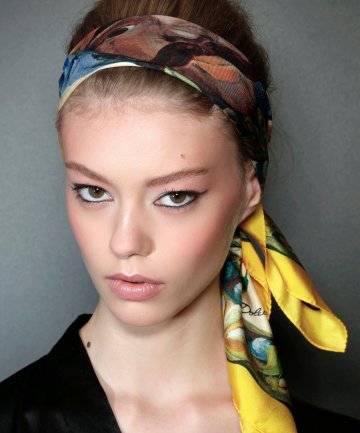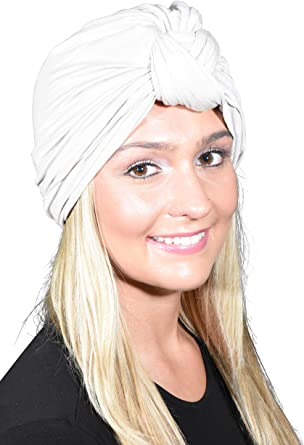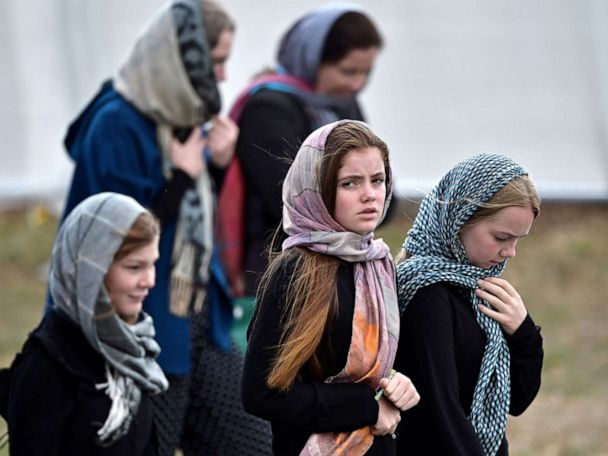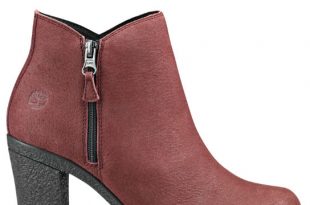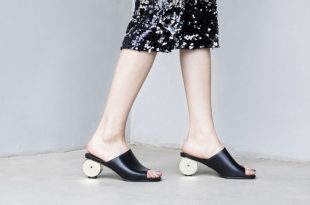Headscarves are not only worn for purely fashionable, traditional or cultural reasons, they also protect the head area from the cold, from cold wind (for example when driving a convertible), but also from sunlight in summer or on vacation.
Classification of the headscarves category
The headscarf is one of the oldest headgear in the world. It does two things because it covers the head and warms it in winter. In summer, however, headscarves offer some protection from the sun. While headscarves used to be considered pure women’s clothing, they are now increasingly worn by men. These are very popular so-called bandanas, which are relatively small headscarves that only slightly cover the head.
Wearing styles
While it was fashionable in the 1950s to wear a headscarf tied under the chin, there are now numerous ways to arrange that headgear. The headscarf has developed from a mere headgear into a fashionable accessory that can be worn like a turban or a veil, for example. It makes sense to choose the color of the headscarf so that it matches the rest of the clothes.
As a rule of thumb you can remember: the more conspicuously the headscarf is kept, the more subtle the clothes should be kept and vice versa.
The headscarf from a religious point of view
Another important aspect of the headscarf is covering the hair. This is especially important for women who, for religious reasons, have chosen to cover up any body parts that might irritate men.
For example, hair has been considered particularly attractive since biblical times, as it is decorative and at the same time a sign of power and strength. Many women not only cover their hair with headscarves, but also shoulders and necks.
